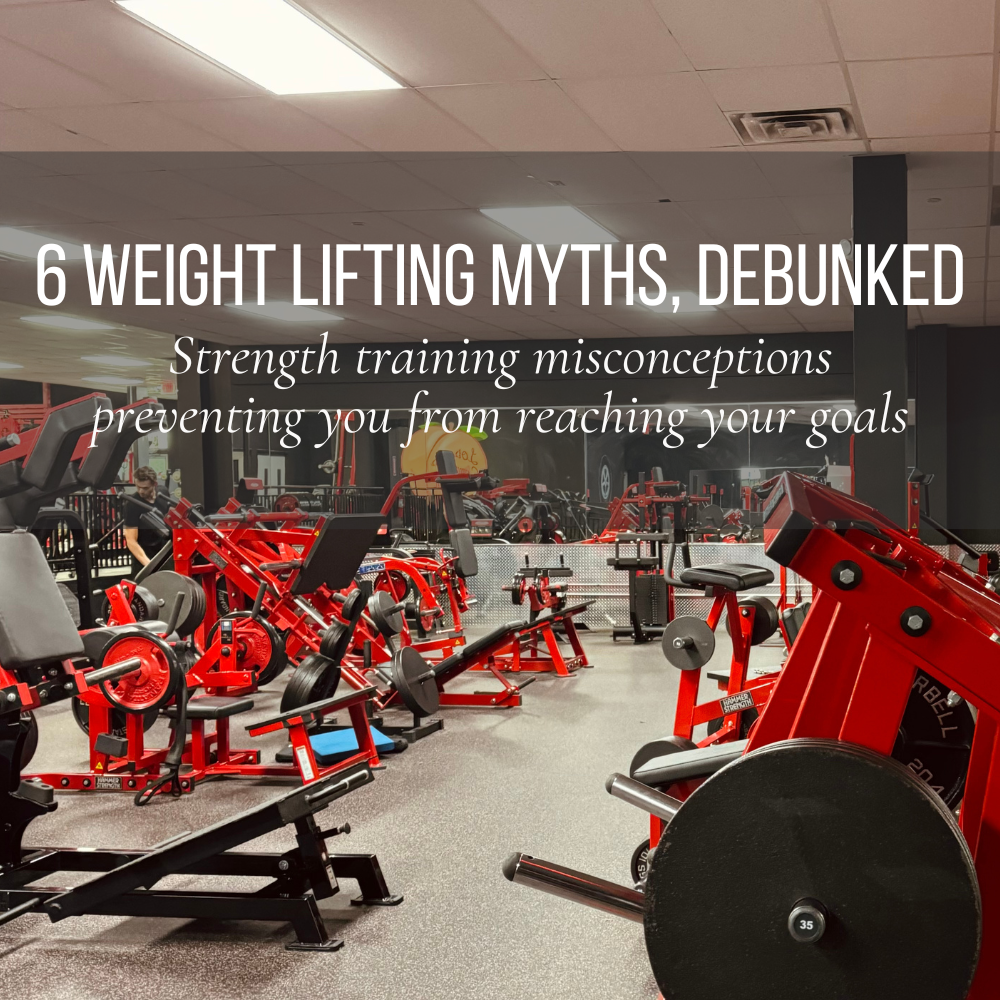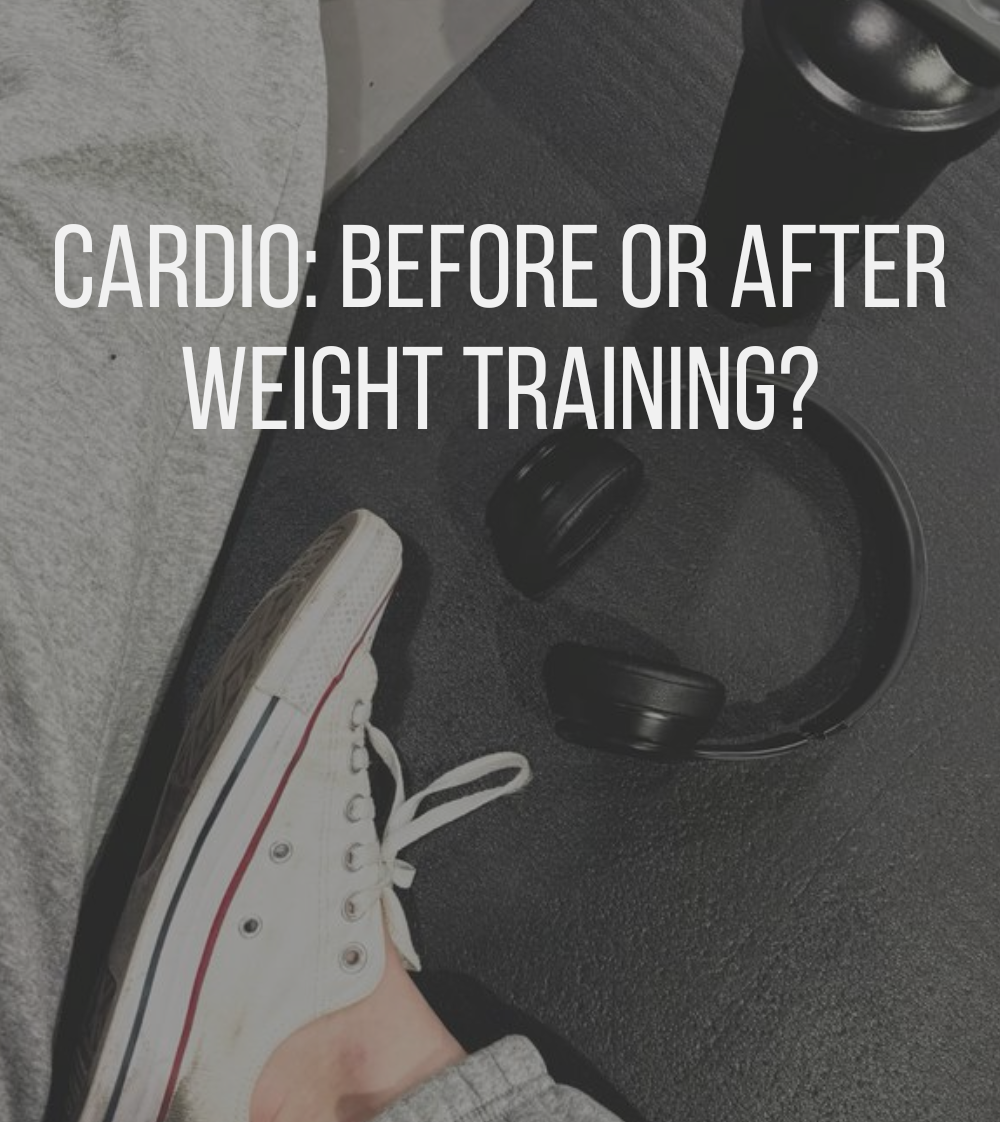
Resistance training- also known as strength training or weight lifting- is one of, if not THE most beneficial forms of exercise. This form of training is versatile, quantifiable, and inclusive allowing for those of all levels to experience the many benefits that resistance training has to offer. Read on for the ins and out of resistance training and how you can incorporate it into your daily routine!
What is Resistance Training?
Resistance training is a form of exercise where groups of muscles are strengthened and grown by placing those muscles under external resistance, i.e. lifting weights.
Benefits of Resistance Training
- Improves cardiovascular health
- Increases lean muscle mass
- Promotes bone health
- Decreases risk for injury
- Increases metabolism
- Decreases body fat
- Can improve mental health
Who Should Resistance Train?
Everyone.
Men, women, old, young, in shape, out of shape. Resistance training can- and should- be prioritized by everyone!
**According to the Mayo Clinic, kids as young as 7-8 years old can reap the benefits of resistance training safely!
Also Check Out:
How Often Should you Resistance Train?
It’s recommended that the average person strength train 2-6 times per week. Again, this number varies depending on the individual, their experience, and their goals. If your focus is marathon training, you may not train as much with weights, however, if your goal is to compete in a bodybuilding competition, you’ll want to increase you resistance training sessions.
| Experience | Resistance Training Days | Training Split(s) |
|---|---|---|
| Beginners | 2-3 | Full Body Days |
| Intermediate Exercisers | 3-4 | 3 Full Body Days OR 3-4 Split Training Days |
| Advanced Exercisers | 4-6 | Split Training Days |
Equipment
The great thing about resistance training is it can be performed using a variety of equipment. Listed below are pieces of equipment used to resistance train.
- Free weights
- Barbells
- Dumbbells
- Kettlebells
- Medicine balls
- Machines
- Pin-loaded
- Plate-loaded
- Resistance Bands
- Bodyweight Exercises
Also Check Out:
Exercises
The exercises listed below are great for beginners and those more advanced alike. Be conscious of your form and never ego lift (lift more to impress others or because you ‘can’). Poor form and ego lifting quickly leads to injury!
Be sure to start with compound movements as they are the heavier lifts and require the most energy. Then move to accessory movements– the exercises that support your compound movements. Finally move on to isolation movements– the exercises that target specific muscles.
**Note- There are machines available for most free weight exercises. Check out which machines your gym has!
Chest
- Bench Press
- Incline Bench Press
- Dumbbell Press
- Dumbbell/ Cable Fly
- Dumbbell Pull-Overs
- Pushups
- Dips
Triceps
- Close-Grip Bench
- Tricep Push-Down
- Pushups
- Skull Crushers
- Dips
Shoulders
- Overhead Barbell Press
- Overhead Dumbbell Press
- Lateral Raise
- Front Raise
- Rear Delt Fly
Quads
- Squats
- Leg Press
- Split Squats
- Goblet Squats
- Leg Extension
- Lunges
Glutes
- Squats
- Sumo Deadlifts
- Hip Thrusts
- RDLs
- Cable Kickbacks
- Split Squats
- Step-Ups
Hamstrings
- Squats
- Deadlifts
- RDLs
- Good Mornings
- Leg Curls
Back
- Pull-ups
- Deadlifts
- Lat Pulldowns
- Barbell Rows
- Dumbbell Rows
- Straight Arm Pulldowns
- Chest Supported Rows
Biceps
- Pull-ups
- Bicep Curls
- Hammer Curls
- Preacher Curls
- Cable Curls
Core
The best exercises for your deep core are compound movements. This is another reason why you should be incorporating compound lifts into your weight training sessions- a strong core is imperative for a healthy body.
- Squats
- Deadlifts
- Hip Thrusts
- Leg Raises
- Russian Twists
- Planks
- Deadbugs
- Oblique Crunches
Sets and Reps
The number of sets and reps varies by the type of movement you’re performing (compound vs. isolation), the amount of weight you’re moving, and your goals. The table below details the average sets and reps you should perform depending on your fitness goal(s) according to the National Academy of Sports Medicine.
| Goal | Sets | Reps |
|---|---|---|
| Stabilization | 1-3 | 12-20 |
| Muscular Endurance | 2-4 | 8-12 |
| Hypertophy (Muscular Gain) | 3-6 | 6-12 |
| Strength | 4-6 | 1-5 |
| Power | 3-5 | 1-5 (Strength) 8-12 (Power) |
Progressive Overloading
Progressive overloading is an effective technique used in resistance training for building muscular endurance, gaining muscle, AND increasing strength.
The concept is to perform the same exercises repetitively over weeks and months, but progressively increasing the weight, sets, reps, time under tension, or decreasing rest time.
Progressive overloading continuously puts the body under increased stress, ensuring it’s consistently adapting and improving. This prevents plateauing and loss of progress!
Recovery
Recovery, like weight training, is dependent on the individual, experience level, goals, and phase of training.
Beginners who are weight training 2-3 days per week, should take the remaining days off from the gym, but should be prioritizing fitness in other ways- cardio, increasing NEAT (Non-exercise activity thermogenesis), yoga, stretching, etc.
The more advanced resistance trainers should prioritize recovery especially if they’re training 5-6 days a week. Recovery is very important for these gym goers to prevent injury and burnout.
Also Check Out:
Thanks for reading! Hopefully you have a better grasp on resistance training and how it can benefit your every day life. Let me know below if you have any questions, and don’t forget to subscribe to be notified when new posts go live!
References:
Mahaffey, Kinsey. “Resistance Training Exercises & Concepts you Should Use.” NASM, no date, https://blog.nasm.org/resistance-training.
“The Optimum Performance Training Model.” NASM, no date, https://www.nasm.org/certified-personal-trainer/the-opt-model#get-started.
Mayo Clinic Staff. “Strength Training: OK For Kids?” Mayo Clinic, 15 Dec. 2023, https://www.mayoclinic.org/healthy-lifestyle/tween-and-teen-health/in-depth/strength-training/art-20047758.


